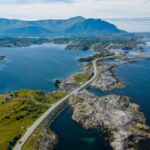The Scheldt Estuary in Flanders has long been on the flooding frontline. Its low-lying landscape and open connection to the sea make it highly vulnerable to storm surges. When the sea level rises abnormally due to strong winds and low atmospheric pressure, this weather phenomenon can lead to significant flooding during high tide.
“When there is a high tide in combination with a storm on the sea, and if the storm and the wind are blowing from the northwest, then it’s actually pushing the water into the estuary, so we need protection,” says Elias Verbanck, a Project Manager at the LIFE SPARC project.
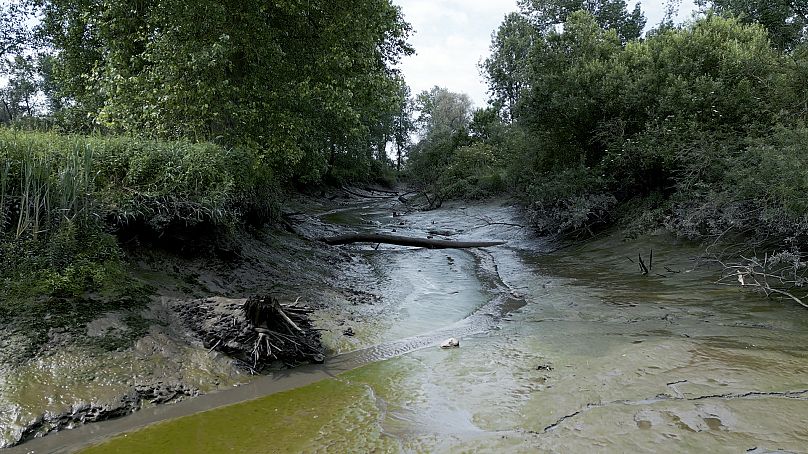
A nature-based solution
Rising sea levels caused by climate change are only increasing this flood threat. But rather than build more heavily engineered barriers, a nature-based project called LIFE SPARC aims to create more space for the Scheldt River while simultaneously developing a thriving estuary ecosystem.
Using a network of dykes and sluice gates, the flood control areas act as a buffer, capturing excess water during a storm surge before slowly releasing it back into the river.
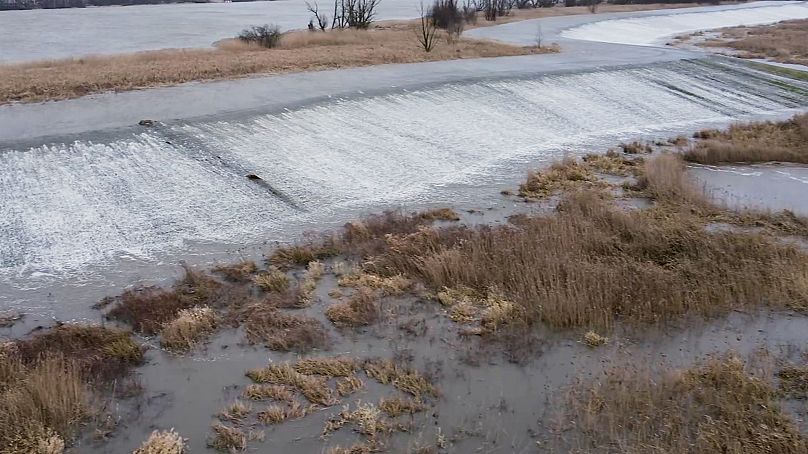
“When a storm surge comes and there are very high water levels, the water will overtop the embankment and the water will flow from the river into the controlled flood area, feeding the area with water and then feeding the marshes, and then when it’s a low tide, the water goes through the sluice system back to the river,” Elias explains.
But flood protection isn’t the only benefit.
“These tidal marshes are very important for nature. They are very rare,” Elias says, adding: “Freshwater tidal marshes are important for fish, but also for birds; not only for the habitats and the wildlife itself, but also their regulation functions. They are very important for the nutrient balance in the River Scheldt. They are actually essential. They bring oxygen into the water, which is of course very important for life, and this marsh also has a function for carbon sequestration and storage.”
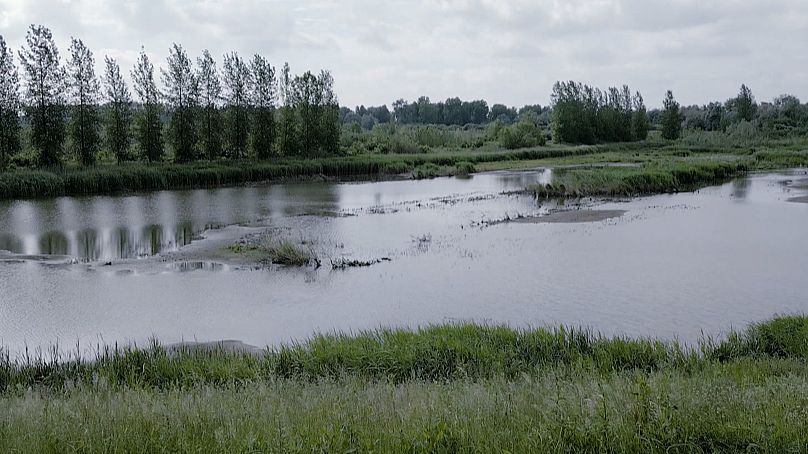
Rethinking our relationship with water
The nature-based solution along the Scheldt Valley is just one example of how our changing climate is forcing us to rethink flood protection and our relationship with water.
The idea of working with nature rather than against it, so we become more resilient to climate-induced flooding and drought, was also a central theme during the recent Green Week in Brussels.
“We thought technical solutions would solve everything, but we now see that they don’t, especially with climate change. Nature-based solutions can help us, for example, by keeping water on rooftops and in gardens, and on a larger scale, by giving space to rivers and retaining water in the soil,” said John Boon, from the International Federation of Landscape Architects in Europe.
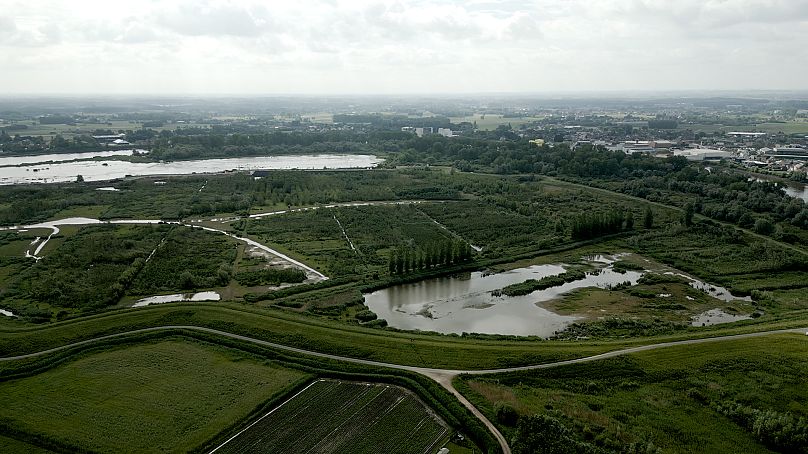
Echoing this sentiment, Elias concludes: “Doing nothing was not an option. When the water doesn’t get the room it needs, it will take it. And that would be a disaster. So we developed a plan. A plan with large controlled flood areas, and we decided to combine this with new nature development.”
Euronews





